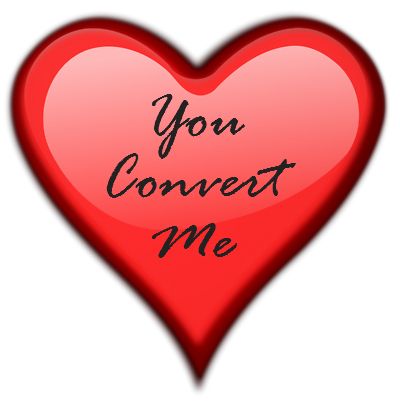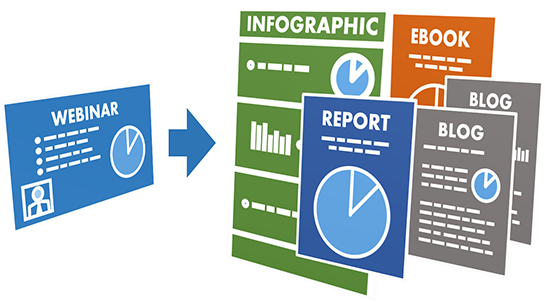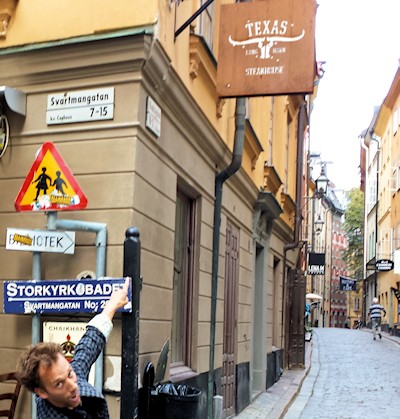On July 29, 2014, Brian sat down with Jason Hartman, host of the Speaking of Wealth show, to discuss his overall approach to tackling the most important pieces of the online marketing puzzle. He keys in on some crucial points that all online marketers should pay attention to as you are designing for conversion.
Here are the key takeaways from the interview, but you should listen to the full 21-minute podcast as well in order to glean all of that “scientific wisdom” that Brian has dropped:
- #1 mission of any marketer: Understand what makes your visitors tick. It all flows from here.
- Popovers work. People say they hate them, but the numbers don’t lie. Use them, choosing the right style that feels right for your brand (lightbox, scroll-triggered, exit, etc.).
- Use Calls to Action wherever you can. Put them front-and-center on your key landing pages. Make your “action button” a different color than everything else on your page to ensure it stands out and draws eyeballs in. Stop agonizing over the color!
- Never produce a piece of content that doesn’t have the intent of getting more people on your list.
- Stop distracting your visitors with links to your social media properties. Once you have done the work to get them to your site, the last thing you should want is for them to quickly bounce anywhere else. If it doesn’t lend itself directly to getting the most wanted response (e.g. joining the list), leave it out.
- Dependence upon organic traffic is “mostly dead”, much like Wesley in The Princess Bride. It’s a new frontier, and it’s time to adapt to this new reality.
Makes your marketing mouth salivate, right? Well, get on over there and sink your teeth into the goodness, and be sure and stop by to say thank you to Jason Hartman and the team over at Speaking of Wealth.

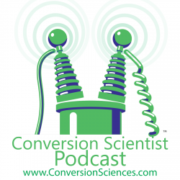
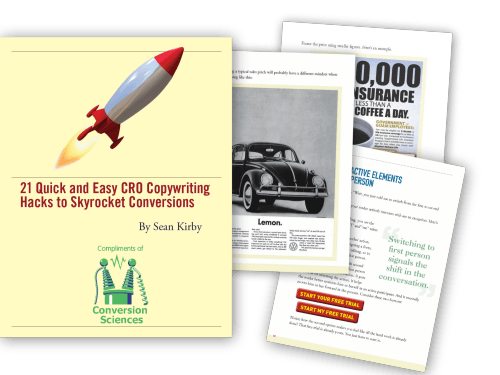

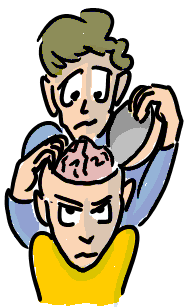 How to tap into the brains of your subject matter experts.
How to tap into the brains of your subject matter experts.


